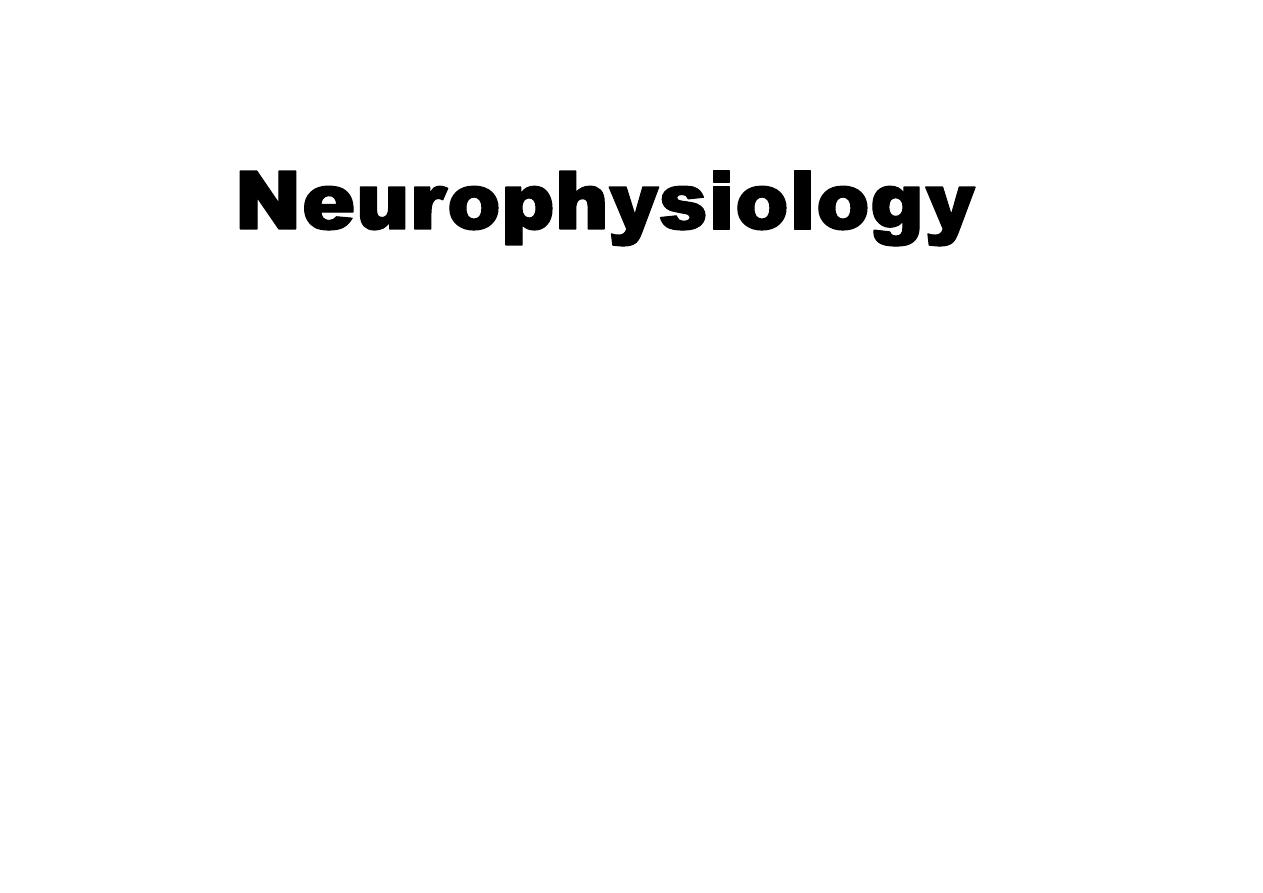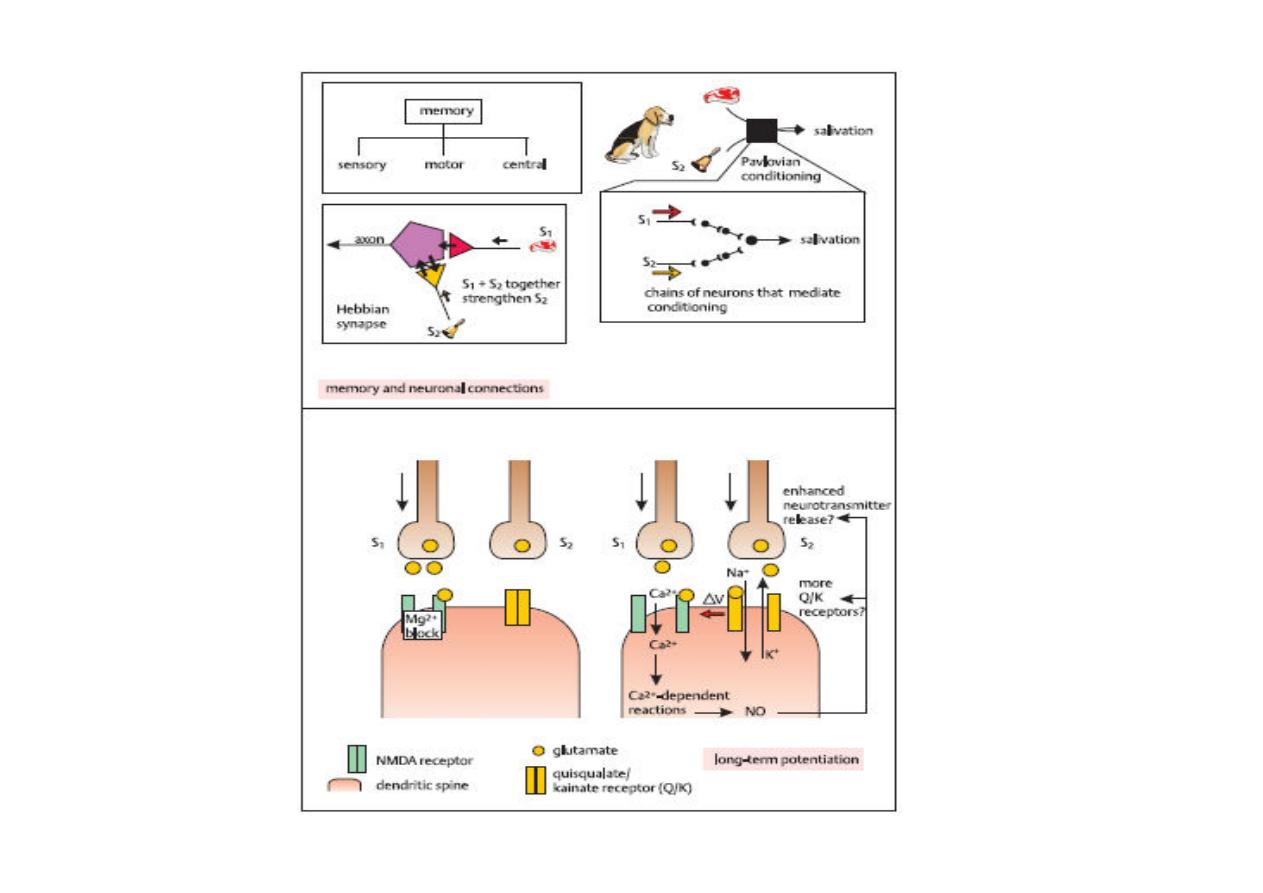
The Memory
By
Dr. Mufeed Akram Taha
FIBMS Neurology
Clinical Attachment Turkey

Memory
is one of the activities of the human
mind. It is the capacity of the brain to store,
retain and subsequently recall information.
Memories are caused by the formation of a
Memory Trace which are changes include
(new or facilitated pathways) in the
capability of synaptic transmition of signals
from one neuron to the next through the
neural circuit of the brain as a result of
previous neural activity.

In the other words, Synapses are not fixed for
life; in response to experience, they can be
added, taken a way or modified to make
transmission easier or harder.
This ability of synapses to change is called
synaptic plasticity. These changes are
located mainly in the cerebral cortex.
These facilitated or new pathways once they
established its thought that it will
reproduce the memory.

Some memories last a few seconds and the
others lasting up to years. Basic and
generally accepted classification of memory
is based on the duration of memory
retention and there are 3 types of memory:-
1. Sensory memory.
2. Primary memory or short term
memory(STM).
3. Secondary memory or long term
memory(LTM).

Sensory memory
is the ability to retain
sensory signals in the sensory areas of the
brain for any short interval of time
following the actual sensory experience and
replaced by new sensory signals in less than
one second. Accumulation of Calcium ion in
the synaptic terminals with each signal
possibly causes prolonged release of
neurotransmitter at the synapse (synaptic
potentiation)


(2) primary memory , short-term memory
(STM)or working memory
, which includes
memories that last for seconds to minutes
unless they are converted into longer-term
memories.
(3) Secondary memory, long term
memory(LTM), fixed or permanent memory
it is the storage in the brain of information
that can be recalled at some later time,
hours to years later.

The long term memory is subdivided into
the intermediate long-term memories,
which last for days to weeks but then
fade away and the long lasting long-term
memory , which, once stored, can be
recalled up to years or even a lifetime
later as one’s own name and address.
This memory is difficult to disrupt and
its seldomly affected in retrograde
amnesia.

This type of memory results from some
actual alterations of the synapses either
physical or chemical.
The cellular mechanism of long term
memory is activation of genes that lead to
synthesis of specific proteins that remain in
the cell nucleus and prmanently enhance
synaptic transmition. Some of the theories
behined this type of memory are:

1.Anatomical or physical changes in the
synapses:
Fixation of memories in the brain results from
anatomical changes in the synapses
themselves, perhaps changes in numbers of
presynaptic terminals, perhapse in sizes of the
terminals, or perhaps in the sizes of the
dendrites. Such anatomical changes could
allow signals to pass through the circuits with
more ease the more often the memory trace
is used.

2.Chemical changes in the presynaptic
terminal or the postsynaptic membrane
causing the memory paths to become
facilitated for days or weeks thereafter.
Memory resides in a number of brain
locations, but a neural mechanism for
memory, called Long Term Potentiation
(LTP), has been demonstrated in the
hippocampus of the limbic system.

Stages in the formation and retrieval of memory:
The main stages in the formation and retrieval of
memory from an information processing
perspective are:
A. Encoding:
You can think of the process of
storing memories in your mind to be similar to
that of a computer that utilizes RAM (Random
Access Memory) for the temporary storage of
information before being placed in long-term
storage on the hard drive. This temporary
storage (or memory), or working memory,
depends on a different network of brain
structures than long term memories do.

Encoding process is a procedure for
transforming something a person sees,
hears, thinks, or feels (as if the information
in the computer RAM)into a memory (as in
the computer hard disc), it is something
like the "Paste" function in computer's
term. Scientists have determined there are
different methods in how we lay down our
memories.

B. Storage or consolidation of memory
(creation
of a permanent record of the encoded
information):
For the primary memory to be converted into a
secondary memory it must become
consolidated, i.e. the synapses must become
permanently facilitated. The process of memory
consolidation apparently involves fitting new
facts into the various categories of knowledge
already stored in the cerebral cortex. This
process requires 5-10 minutes for minimal
consolidation and an hour or more for maximal
consolidation.

During the process of consolidation, the
new memories are not stored randomly
in the brain but instead are first codified
into different classes of information and
then stored in direct association with
other memories of the same type (in
computer's term as if storing different
files according to their types). The
transfer of information from STM to LTM
(i.e consolidation) is affected by many
factors, including:-

1. Emotional state.
We learn best when we are
alert, motivated, surprised, and aroused. For
example, when we see shocking events, transferal
is almost immediate. Norepinephrine, a
neurotransmitter involved in memory processing
of emotionally charged events, is released when
we are excited or "stressed out," which helps to
explain this phenomenon.
2. Rehearsal.
Rehearsal or repetition of the material
enhances memory. Rehearsal of the, same
information again and again accelerates and
potentiates the degree of transfer of STM into
LTM, and therefore also accelerates and
potentiates the process of consolidation.

3. Association.
Tying "new" information to "old" information
already stored in LTM appears to be important in
remembering facts.
4. Automatic memory.
Not all impressions that become
part of LTM are consciously formed. A student
concentrating on a lecturer's speech may record an
automatic memory of the pattern of the lecturer's tie.
In order to encode incoming information, or an event, into
long-term memory, the best way to do this is to link,
associate or connect the incoming information with
something already in your memory in order to make it
meaningful. You can retrieve the memory, because you
have an actual means to recall it, due to associating,
linking or connecting the incoming information with
something already in your memory.

C. Retrieval
calling back the stored
information in response to some cue for
use in some process or activity.
Brain areas such as the mammillary bodies,
the amygdala, temporal lobes, thalamus,
and hippocampus are thought to be
involved in memory. It has been
demonstrated that damage to these
structures can result in impaired
performance on certain memory tasks.

Hippocampi in association with areas of the
temporal lobes are responsible for the
establishment of the long-term memory.
Patients with bilateral hippocampal damage are
unable to establish new long-term memories of
those types of information (verbal and symbolic
types) that are the basis of intelligence. This is
called anterograde amnesia. Damage to the
hippocampus and surrounding medial temporal
lobe structures on either side results in only
slight memory loss.

Hippocampi and some thalamic nuclei play a role
in helping the person to search the memory
store house and thus be able to read out the
memories. Therefore, lesions in these parts of
the brain result in inability of the patient to recall
memories from the past, which is from the long-
term memory storage bins, even though the
memories are known to be still there. This
condition is called Retrograde amnesia In this
condition,

the degree of amnesia for recent events is likely
to be much greater than for events of the
distant past. The reason for this difference is
probably that the distant memories have been
rehearsed so many times that elements of
these memories are stored in widespread
areas of the brain.
People with hippocampal lesions usually do not
have difficulty in learning physical skills that
do not involve verbalization or symbolic types
of intelligence.
